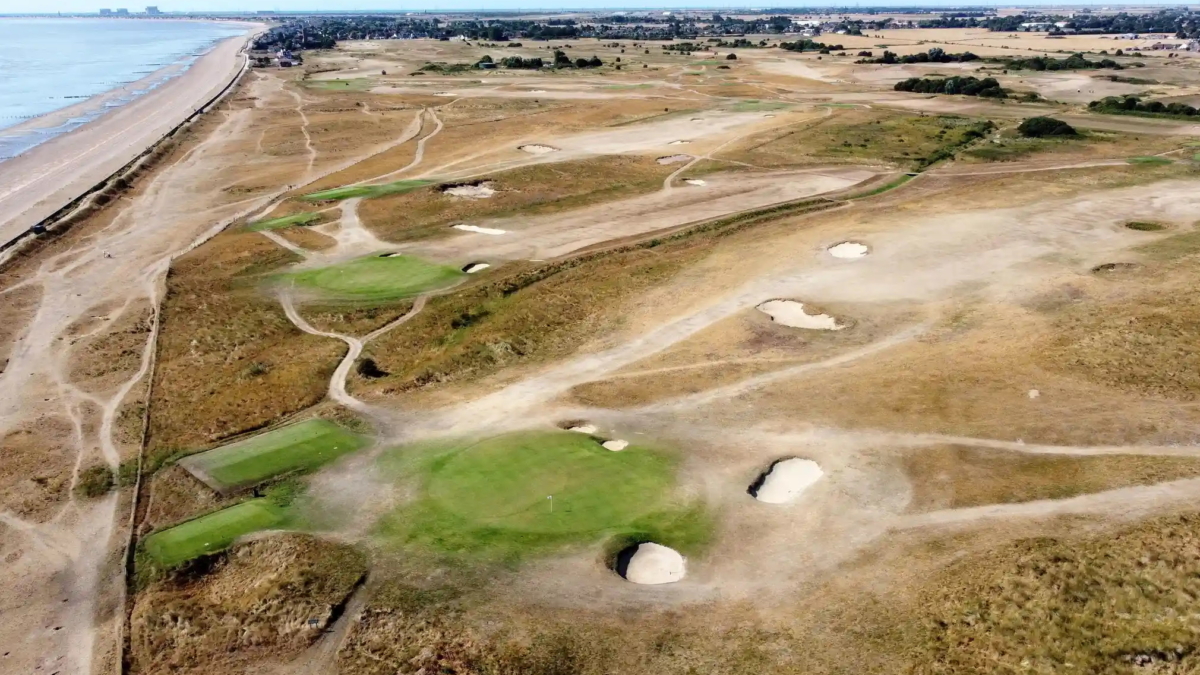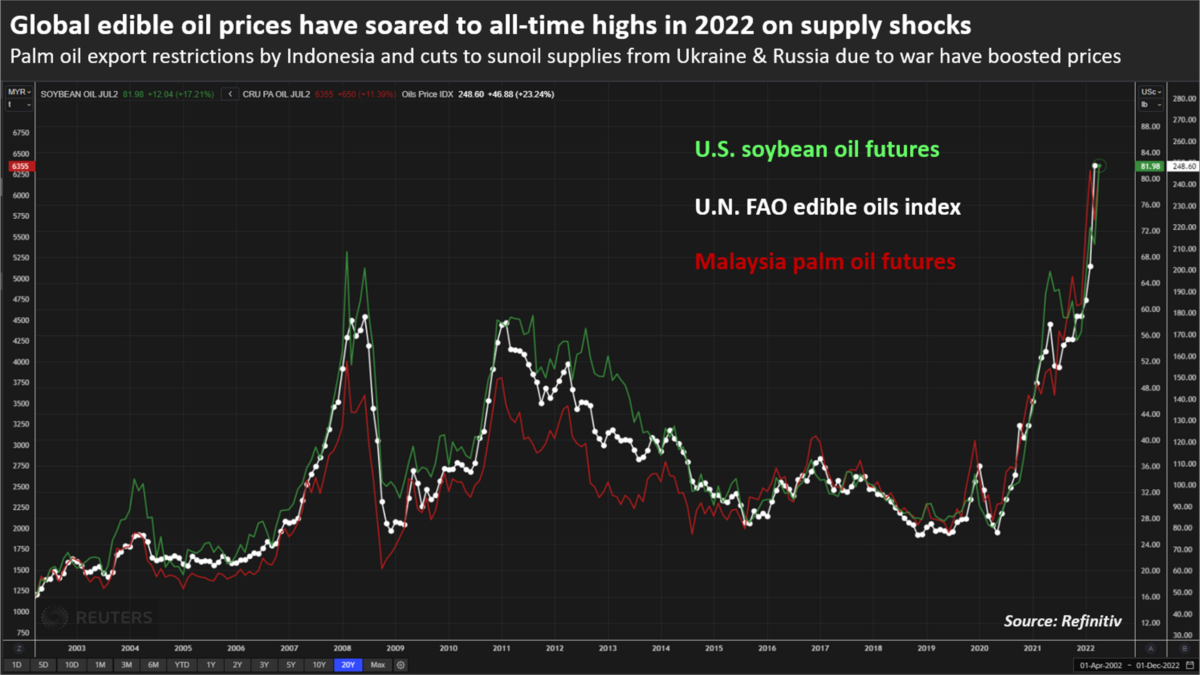Pakistan requires $16 billion to rebuild as damages due to deadly floods exceed $30 billion – Food crisis looms after farmland area larger than the Czech Republic flooded
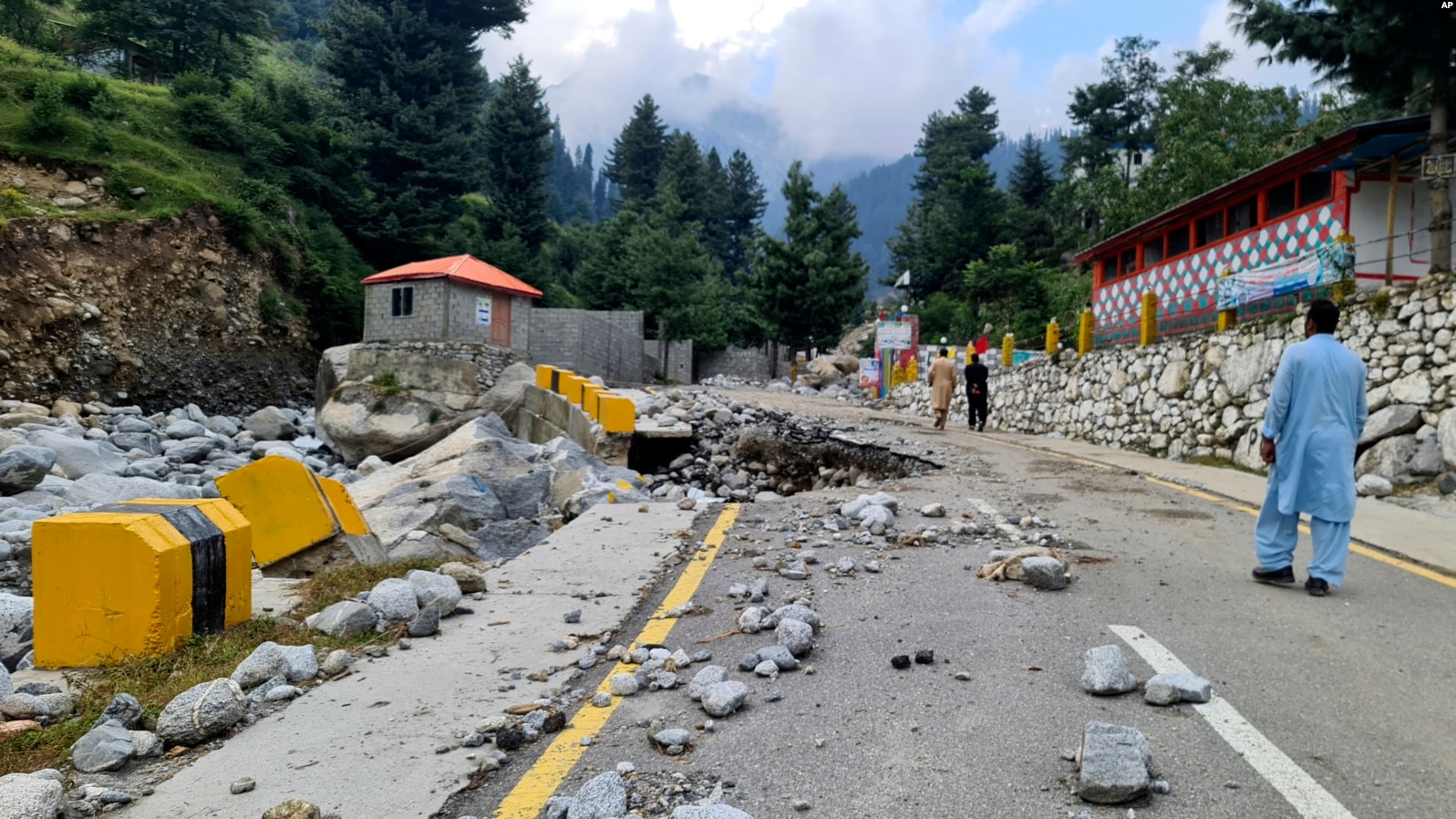
By Anwesha Majumdar
29 October 2022
(Republic World) – In the aftermath of the devastating floods in Pakistan, more than 33 million people have been affected by the calamity, which has cost the nation over $30 billion in damages as the torrential rains destroyed bridges, crops, highways, and other infrastructure, killing more than 1,000 people. According to a press release from The World Bank citing the Post-Disaster Needs Assessment (PDNA), given the extensive damages, the South Asian nation now needs a staggering sum of almost $16 billion to rebuild.
The release stated, “A damage, loss, and needs assessment following the unprecedented floods in Pakistan calls for ‘building back better’, based on the principles of the poor first, transparency, inclusion, and climate resilience.”
The assessment projected that overall economic losses would be close to $15.2 billion and that total damages will surpass $14.9 billion. Without taking into account urgently needed new investments outside of the affected assets, it is estimated that Pakistan will require at least $16.3 billion in rehabilitation and reconstruction to support the nation’s overall resilience to future climate shocks and its adaptation to climate change.
The PDNA report was carried out in collaboration with the Asian Development Bank (ADB), the European Union (EU), the United Nations agencies, and the World Bank with technical assistance from the United Nations Development Programme (UNDP). It was launched by the Minister of Planning, Development, and Special Initiatives Ahsan Iqbal and Federal Minister for Climate Change Senator Sherry Rehman, Geo News reported.
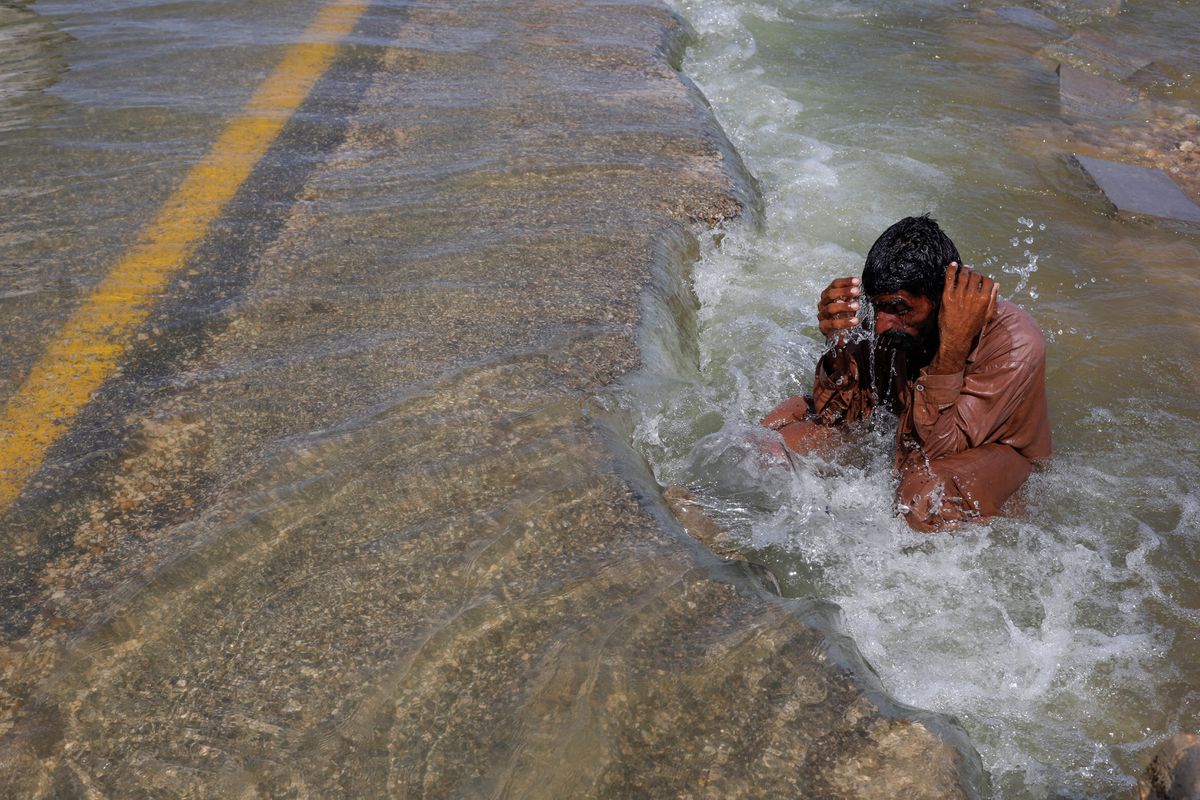
Sindh became the most affected province following the deadly floods
Furthermore, Sindh is the most affected province with close to 70% of all damages and losses. Balochistan, Khyber Pakhtunkhwa, and Punjab are the next worst-affected provinces, as per the assessment. Notably, the most severely impacted industries were housing; agriculture and livestock; transportation, and communications; with losses of USD 5.6 billion, USD 3.7 billion, and USD 3.3 billion, respectively.
In the most severely affected region of Balochistan, several cases of diarrhea, skin illnesses, and malaria are recorded daily as Pakistan deals with the consequences of the floods. Following the destruction caused by the floods in Sindh and Balochistan, which also created health issues for people throughout many other provinces of Pakistan, these two provinces have been under attack by viral infections.
It is pertinent to mention that many people in the regions affected by the floods are in desperate need of food and medicine, despite the efforts made by the government and local and international relief organisations.
Health institutions in Pakistan are also reporting frightening levels of severe acute malnutrition among children in the impacted areas as a result of the disastrous floods, according to UNICEF. As per the UN agency, in Sindh and Balochistan flood-affected districts, more than one in nine children under the age of five admitted to health facilities were discovered to be suffering from severe acute malnutrition.
Pakistan Requires $16b To Rebuild As Damages Due To Deadly Floods Exceed $30b
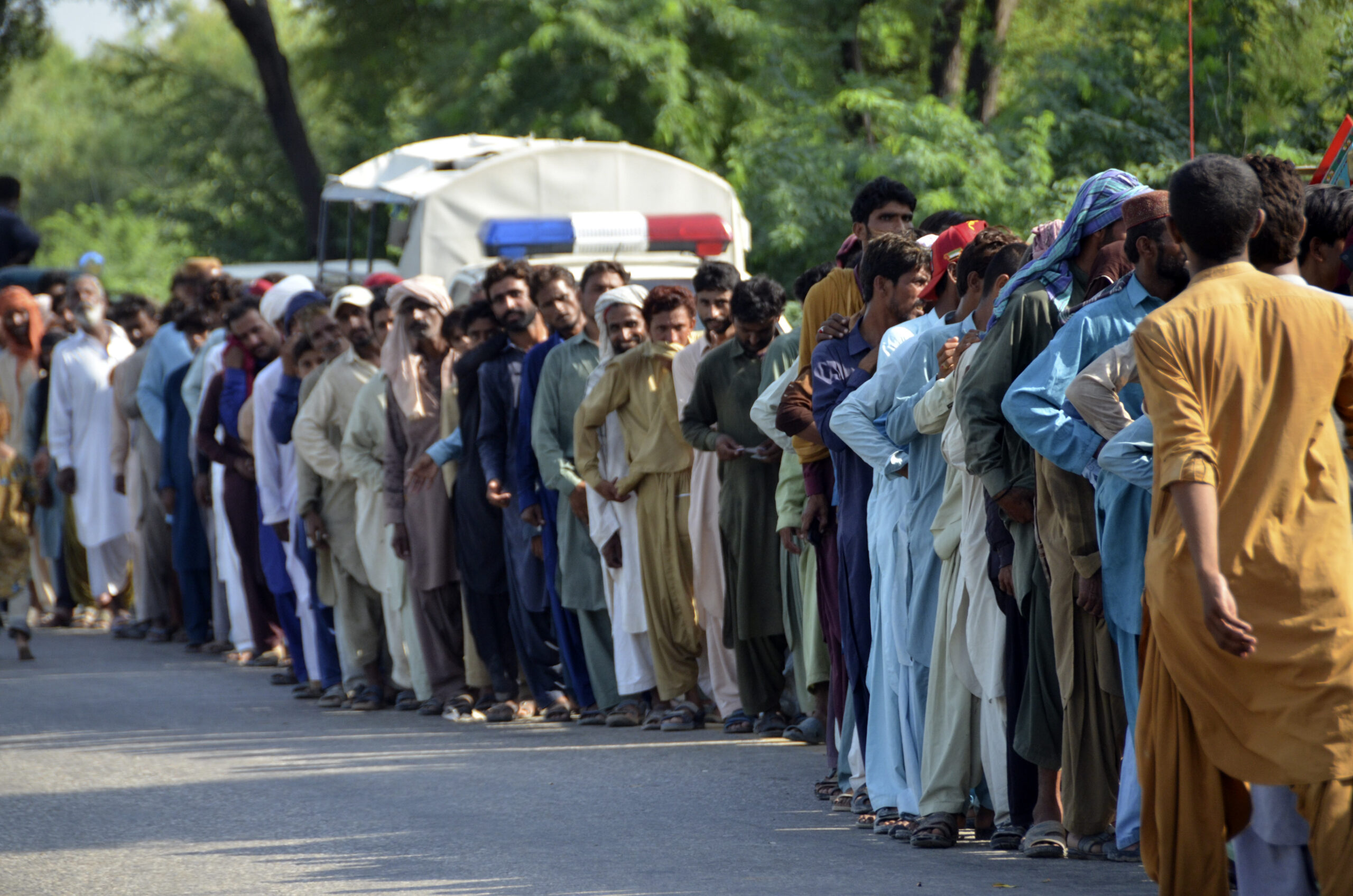
Floods are tipping Pakistan into a food crisis
By Farrah Naz
28 October 2022
(Al Jazeera) – The catastrophic floods in Pakistan have pushed the country to the brink. These floods follow the COVID-19 pandemic, rising inflation and the most severe heatwave the country has faced in more than 60 years.
When he visited in September, United Nations Secretary-General António Guterres said he had “never seen climate carnage on such scale”.
But the awful reality is that this is just the beginning. Another big crisis birthed by the floods faces Pakistan — that of food insecurity.
Pakistan already has some of the highest levels of malnutrition in the world. With the entire supply chain damaged in recent weeks, the country is likely to witness increased vulnerability to malnutrition, especially among women, young people and children.
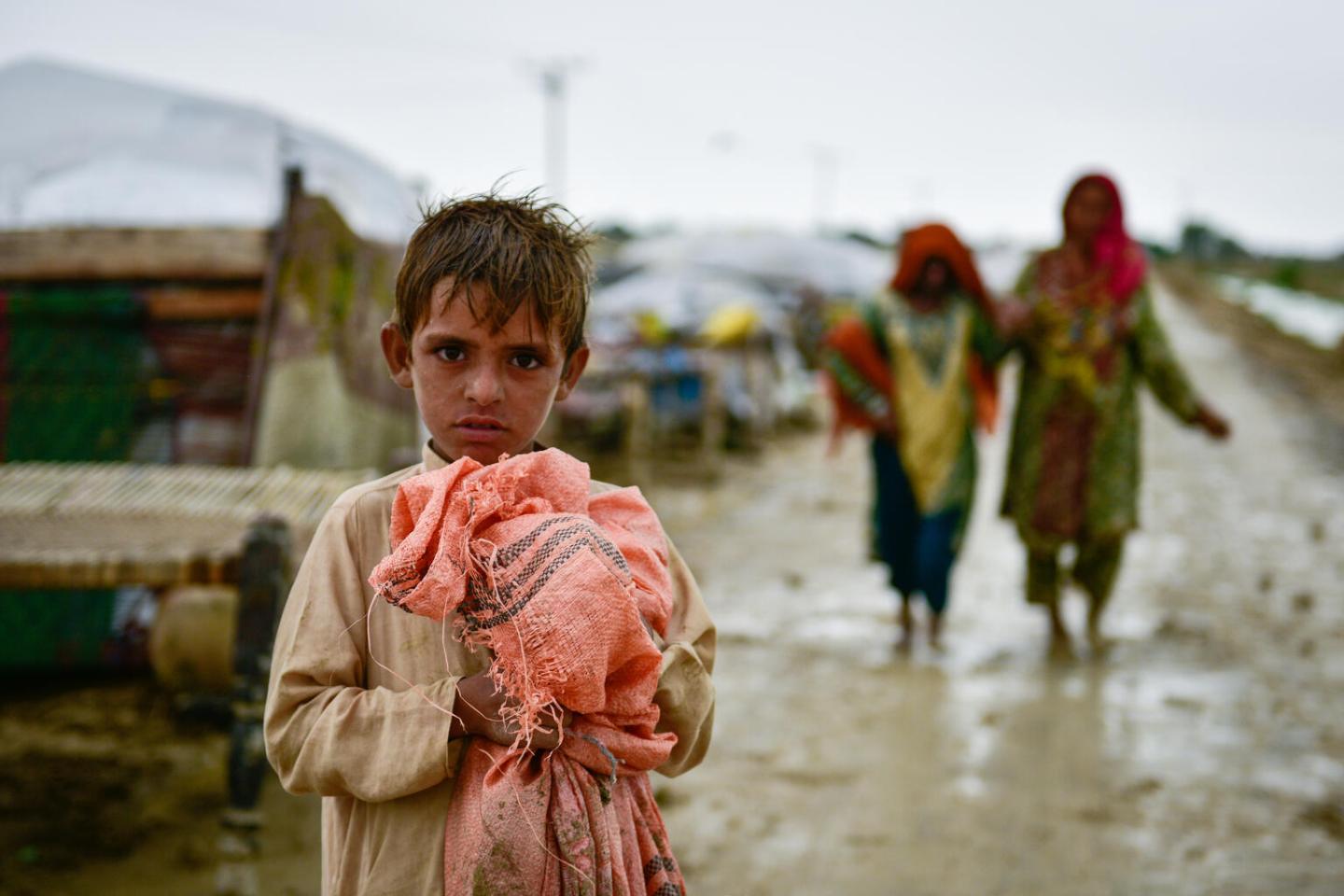
Ensuring access
Across 81 districts, a total of 78,000 sq km (30,000 sq miles) of farmland were flooded. That’s an area bigger than the entire Czech Republic. More than 80 percent of crops across the country were damaged, according to the government. The Sindh province, which produces a considerable share of the country’s food, is one of the worst affected.
Thousands of hectares of standing food crops like rice, onions, tomatoes and other vegetables have been destroyed. More than 6,000km (3,728 miles) of roads and bridges have been damaged, causing significant disruptions to the transport of the food that has survived.
An assessment done in September by the International Rescue Committee (IRC) and its partners found that more than 70 percent of individuals interviewed in the Khyber Pakhtunkhwa region reported difficulty accessing any food, let alone nutritious food.
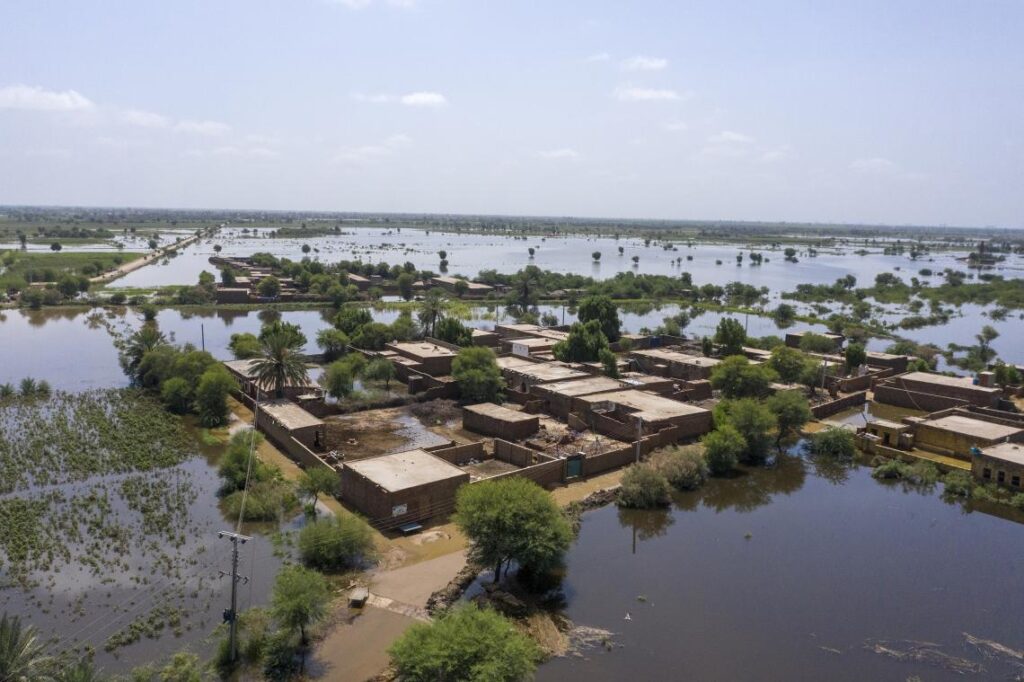
Keeping food affordable
The United Nations estimates the economic loss due to the floods stands at an enormous $40bn. This in a country reeling from steep inflation, which was already running at a 14-year high of almost 25 percent in July before the floods hit. It’s worse now: Food prices in the affected regions increased three to five times in just a few weeks.
The import of vegetables from neighbouring countries, particularly Afghanistan and Iran, will certainly help. However, the government will have to strictly regulate prices along the supply chain, so food remains affordable for everyone, especially the most vulnerable.
It isn’t just causing problems in Pakistan, which is the world’s eighth-largest producer of wheat. With one-third of the country under water, delays in sowing wheat — which normally happens in November and December — seem inevitable. Draining the flood waters and rejuvenating the soil is going to take several months.
In July, Pakistan agreed to sell 120,000 metric tonnes of wheat towards the World Food Programme’s aid efforts in Afghanistan. Pakistan is also a key transit route to send food into Afghanistan. But the floods have made it much harder to transport aid to Pakistan’s landlocked neighbour, the UN warned in September. Afghanistan is already facing unprecedented levels of hunger and food shortages.
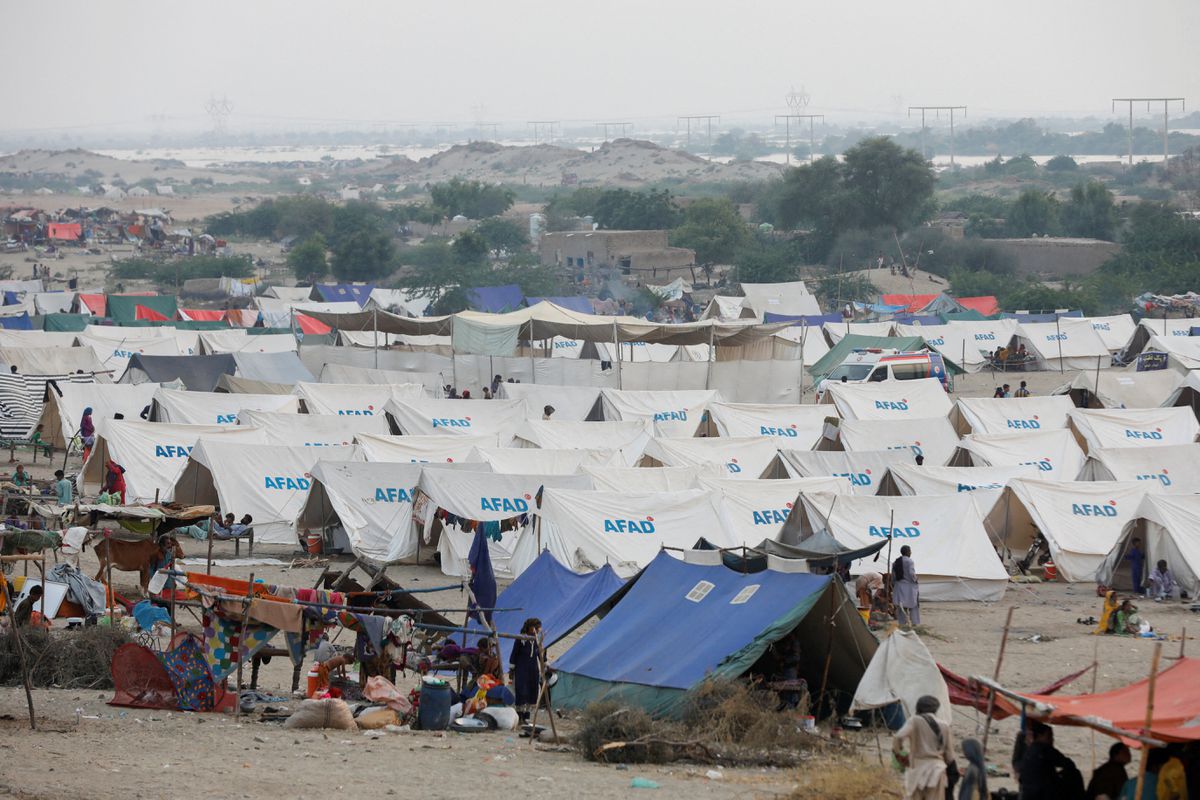
Rebuilding must start now
At least 33 million people have been directly affected by the floods in both rural and urban areas.
In rural regions, the government’s efforts need to focus on draining floodwaters from agricultural lands for the sowing of winter crops. This will save the country from sinking into a prolonged food security crisis.
In urban areas, the government must keep a check on further price rises caused by the cost of imports and supply chain disruptions.
Many informal markets, where people sell food items on pushcarts, or small shops made out of mud structures in low-income areas, have been completely destroyed — along with the livelihoods of those who worked there. The government needs to rehabilitate these markets, creating better infrastructure to make them more resilient to future disasters.
Rapid government action on all of this is critical — and it must start now. It’s possible to envisage riots and other forms of law-and-order situations caused by the enormous pressure on food systems.
We, at the Global Alliance for Improved Nutrition (GAIN), have been working in Pakistan since 2007. We are in the middle of an assessment that will guide our own interventions aimed at rehabilitating some food marketplaces in the worst affected areas.
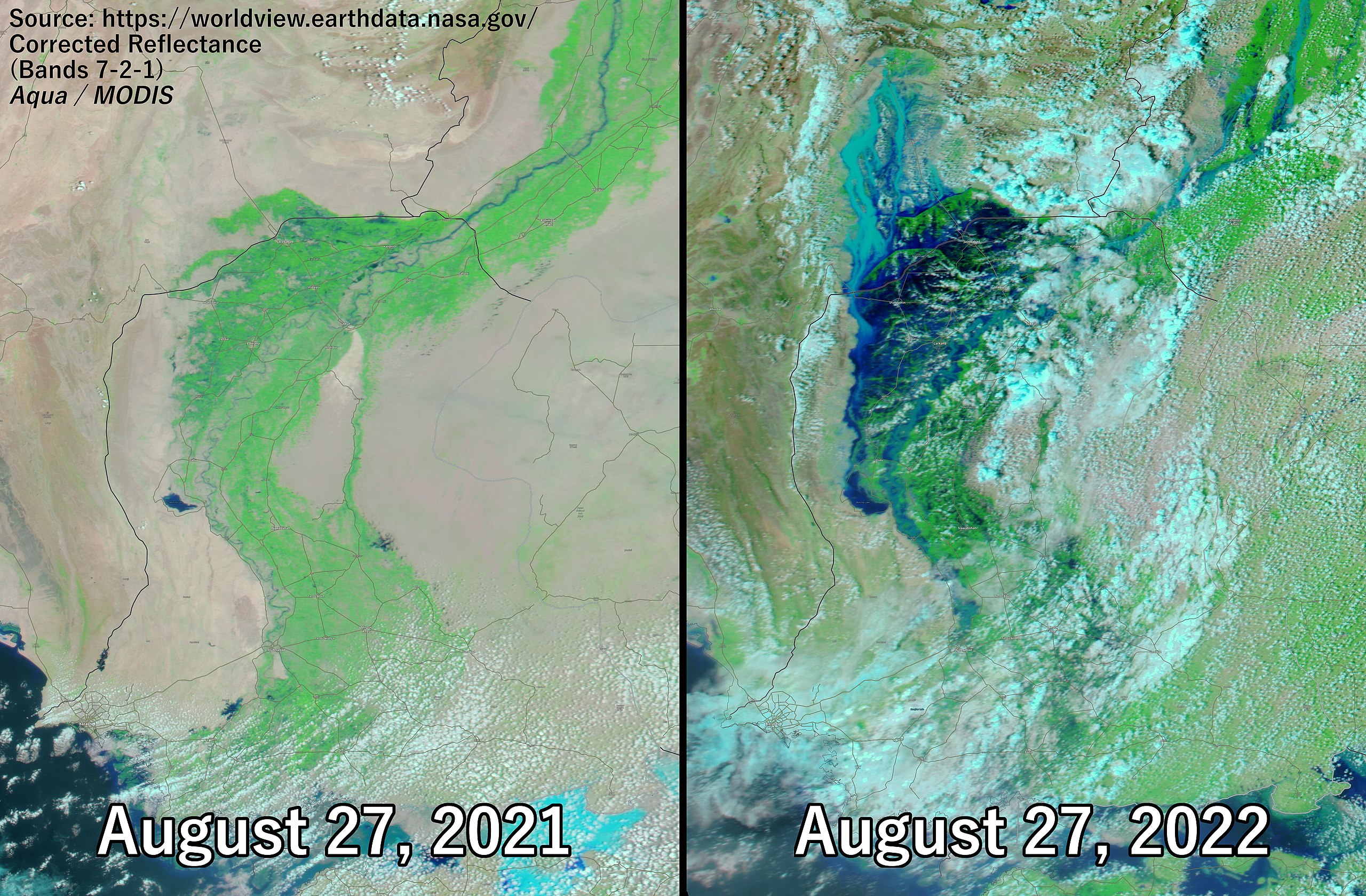
Future uncertain
Of course, these devastating floods are only the latest evidence of the ways Pakistan and many other countries in the Global South are bearing the brunt of the Global North’s disproportionate abuse of the climate for centuries.
Leading donors must step forward and respond to the joint appeal of the UN and the Pakistani government for $816m — a steep increase from the initial $160m they had requested — needed for immediate relief.
But even once the current crisis passes, the outlook is grim for my country. In the World Bank’s 2021 Climate Risk Country Profile, projections for Pakistan over the next 10 years suggest “yield declines in many key food and cash crops, including cotton, wheat, sugarcane, maize and rice”.
What’s so desperately sad is that women and children in countries like mine are the ones who will suffer the most and end up with the least food on their plates.
As the government of Pakistan and development agencies try to restore the supply chain and rebuild food markets, they must also focus on social safety nets for these segments of the population. The government must also strengthen existing social protection programmes to address the nutrition needs of people with low incomes.
The international community should also help secure the future by committing to a significant increase in its support to help communities adapt to increasingly extreme climates.
The government must ensure the funds it receives are used properly, both to address the immediate challenges spawned by the floods and to rebuild intelligently for when we are inevitably hit by the next large climate event.
Pakistan is at a crossroads. It does not have to drown or go hungry.
